AEMO urges industry to plug the gap in electricity generation as blackouts set to escalate
The power crisis will worsen across states and the energy regulator says it’s up to industry to fill the void.
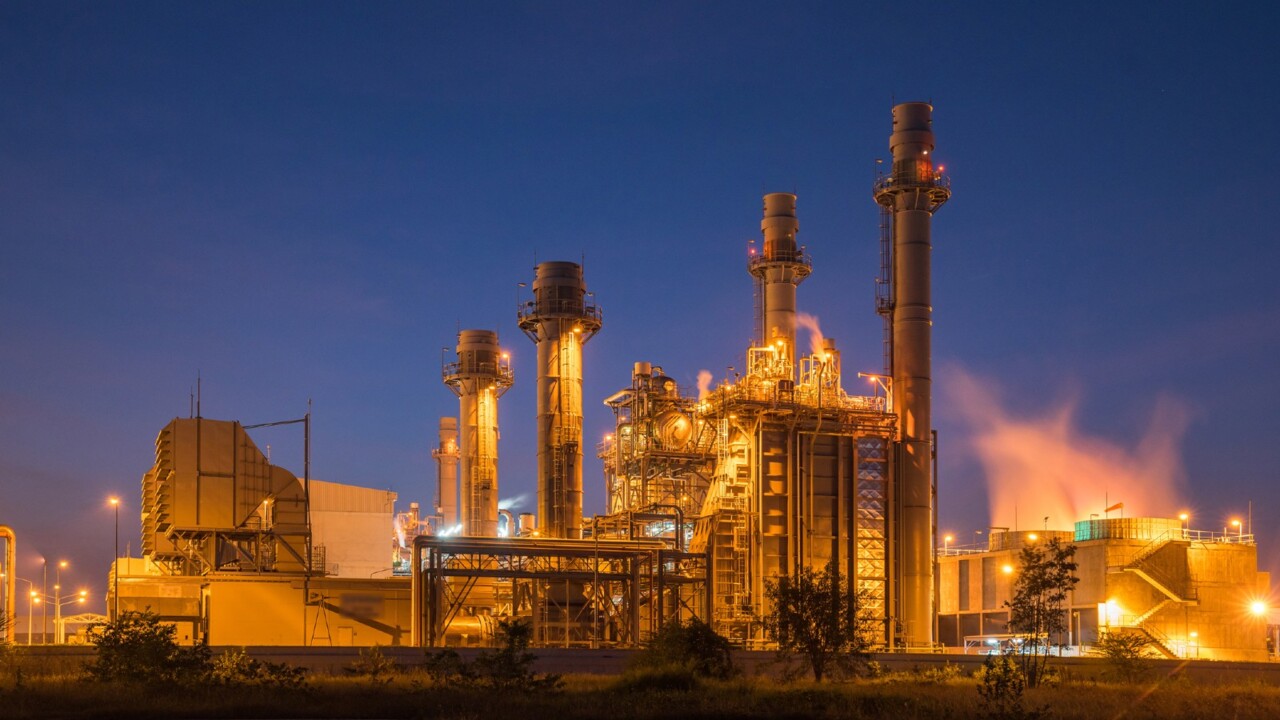
Australia faces an escalating risk of blackouts as coal plant closures, transmission delays along with rising demand and a gap in replacement generation sparked the market operator to call for an urgent response from industry to plug the supply shortage.
As foreshadowed by The Australian on Monday, gaps in reliable supply will emerge across multiple states over the coming years. There has been a crisis deepening since April, when the Australian Energy Market Operator warned of an increasing blackout risk due to Australia’s largest coal plant closing up to seven years early.
Gaps in the reliability of the power grid will emerge in South Australia next year due to the closure of a gas-fired power station, higher industrial demand and a year-long delay in TransGrid’s EnergyConnect renewable power cable between the state and NSW.
A tight supply-demand balance in Victoria and growing electrification may result in a shortage emerge in the state through 2024-25, the AEMO will reveal on Wednesday in its annual electricity outlook report.
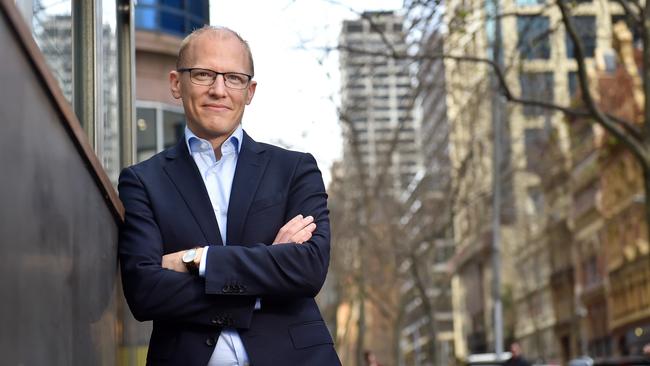
It also modelled a potential two-year delay in the Snowy Hydro 2.0 expansion given expectations the timeline for the former federal government’s signature energy project faces a deadline blowout, showing worsening forecast reliability in NSW in 2026 and 2027.
Snowy has yet to officially inform AEMO of any change to the original 2025-26 timeline.
NSW is forecast to breach the reliability standard from 2025-26, followed by Victoria in 2028-29, Queensland in 2029-30 and South Australia in 2031.
“Forecast reliability gaps have emerged across national electricity market regions due to considerable coal and gas plant closures, along with insufficient new generation capacity commitments needed to offset higher electricity use,” AEMO chief executive Daniel Westerman said.
Australia will experience its first “cluster” of coal-generation retirements when at least five power stations close this decade, totalling 8.3 gigawatts and equal to about 14 per cent of the market’s total capacity.
“Without further investments, this will reduce generation supply and challenge the transmission network’s capability to meet reliability standards and power system security needs,” Mr Westerman said on Tuesday.
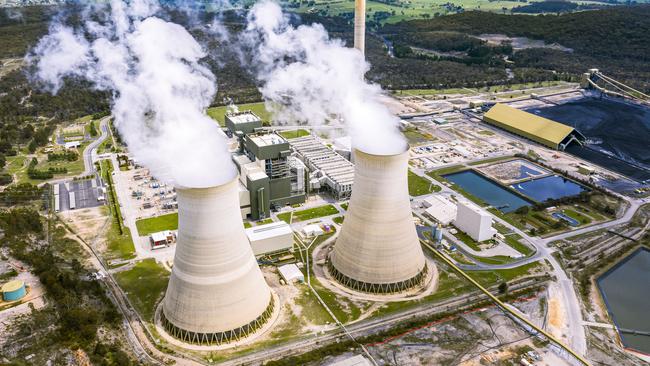
It marks the latest alarm bell for the national energy grid after a turbulent winter that resulted in the market being suspended in June, followed by gas shortages in Victoria and record wholesale power prices for the first half of the year.
The shutdown of AGL Energy’s Liddell coal plant in NSW in April next year is not expected to cause any shortfalls given Snowy Hydro’s proposed Kurri Kurri gas plant could replace generation.
However, a plan by the NSW government to address a gap if Origin Energy closes its Eraring plant as early as August 2025 is yet to be factored in.
The grid is undergoing its biggest shake-up in decades with nearly two-thirds of all coal capacity to be shut by 2030 under a blueprint devised by AEMO.
The exit from coal-fired generation, which provides more than 60 per cent of current electricity capacity, will require triple the current levels of hydro, gas and batteries to replace the fossil fuel by 2050.
AEMO pointed to a strong pipeline of developments across renewable energy generation, storage, demand-side solutions and transmission, but said a string of projects now needed to move to committed status rather than just be in the pipeline.
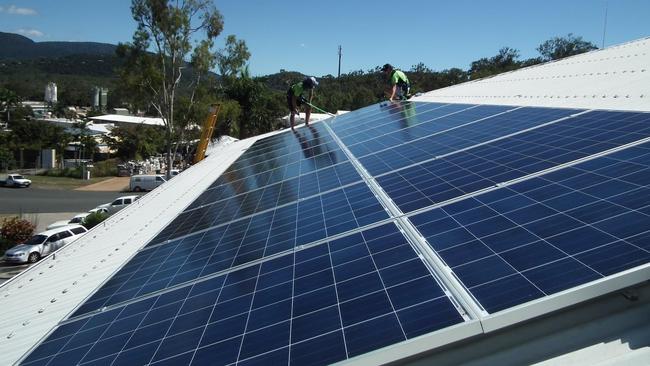
The NSW electricity infrastructure road map and the second auction of the Victorian renewable energy target will boost the outlook, but have yet to be deemed committed investments.
“If completed as scheduled, reliability risks for all regions are forecast to be within the relevant reliability standards until 2028-29 when further coal-fired power station retirements are expected,” AEMO said.
Delays, such as with the EnergyConnect transmission project, are adding to tensions, with AEMO stating the delays “may risk the ability of the system to effectively replace retiring generation as generators are scheduled to decommission”.
The overall state of the grid continues to be of concern due to extended periods of unavailability of generation or transmission, including forced outages, planned maintenance, delays to the commissioning of new renewable generation and dispatchable capacity, and extreme temperatures affecting the output from all generation sources.
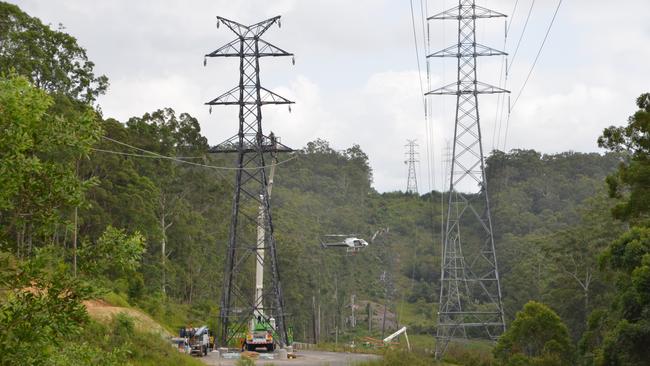
Federal Energy Minister Chris Bowen faces pressure to deliver on Labor’s promise of building $20bn worth of transmission infrastructure to stabilise the market and support the entry of more renewable power into the grid.
“The five transmission projects identified in the 2022 Integrated System Plan – HumeLink, VNI West, Marinus Link, Sydney Ring and New England renewable energy zone transmission link – should progress as urgently as possible to enable electricity consumers to make shared use of existing and future generation and storage,” Mr Westerman said.
“Governments also have a range of measures to bring in new generation, storage and transmission, which will greatly aid the short to medium-term outlook.”


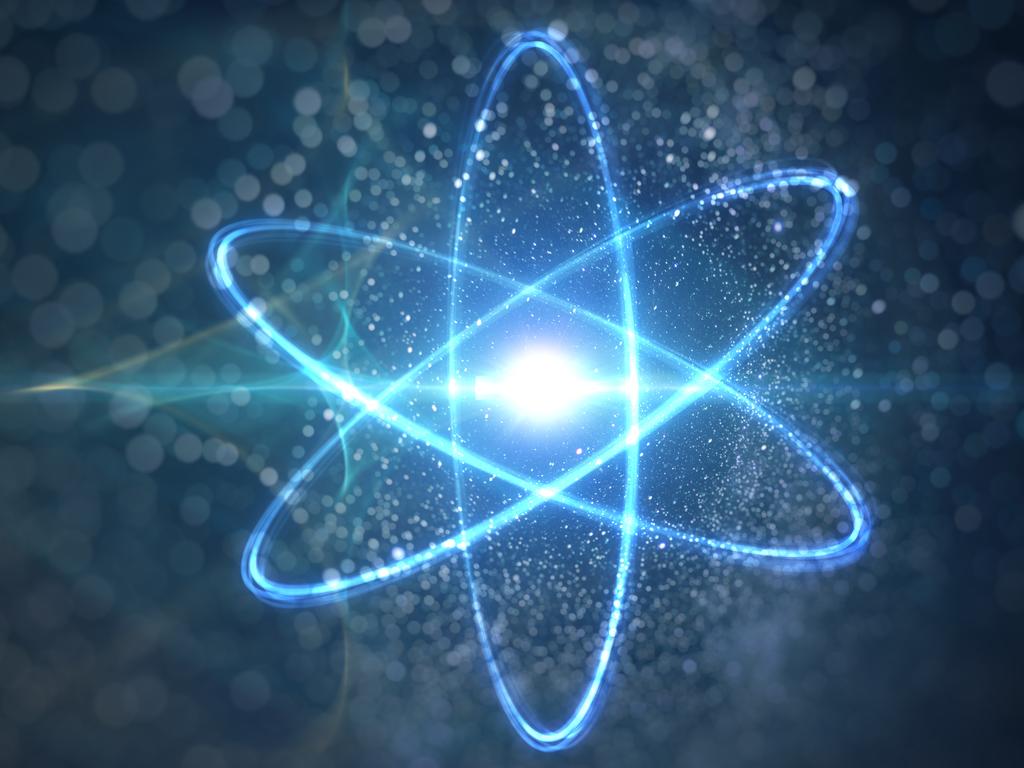


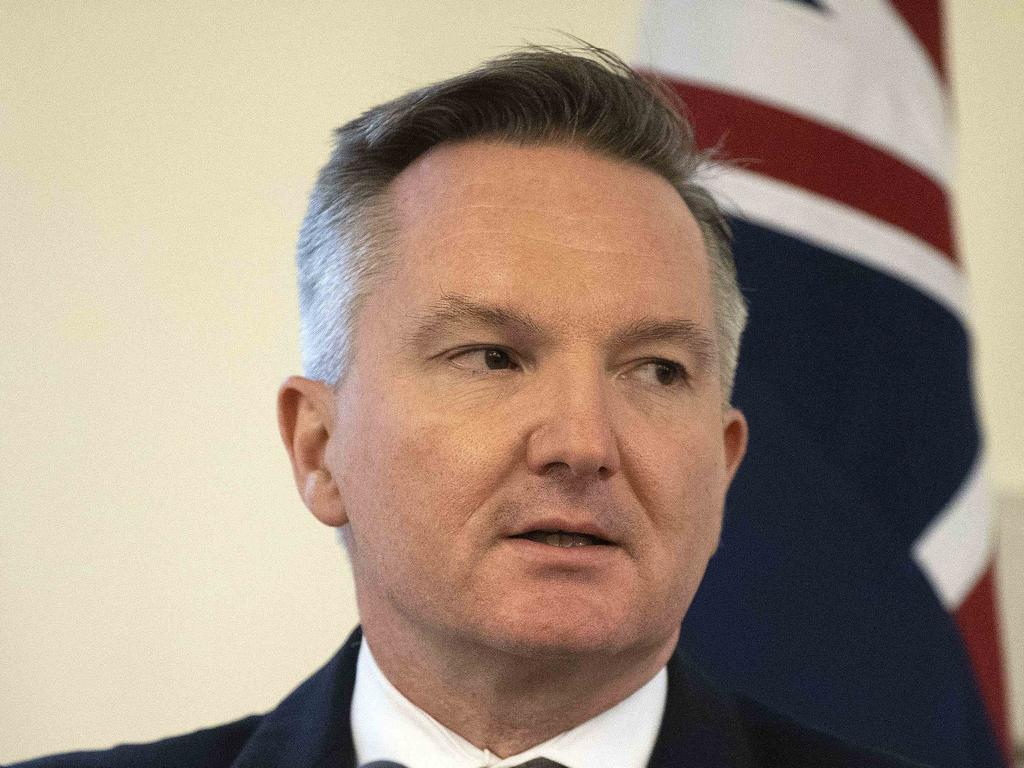
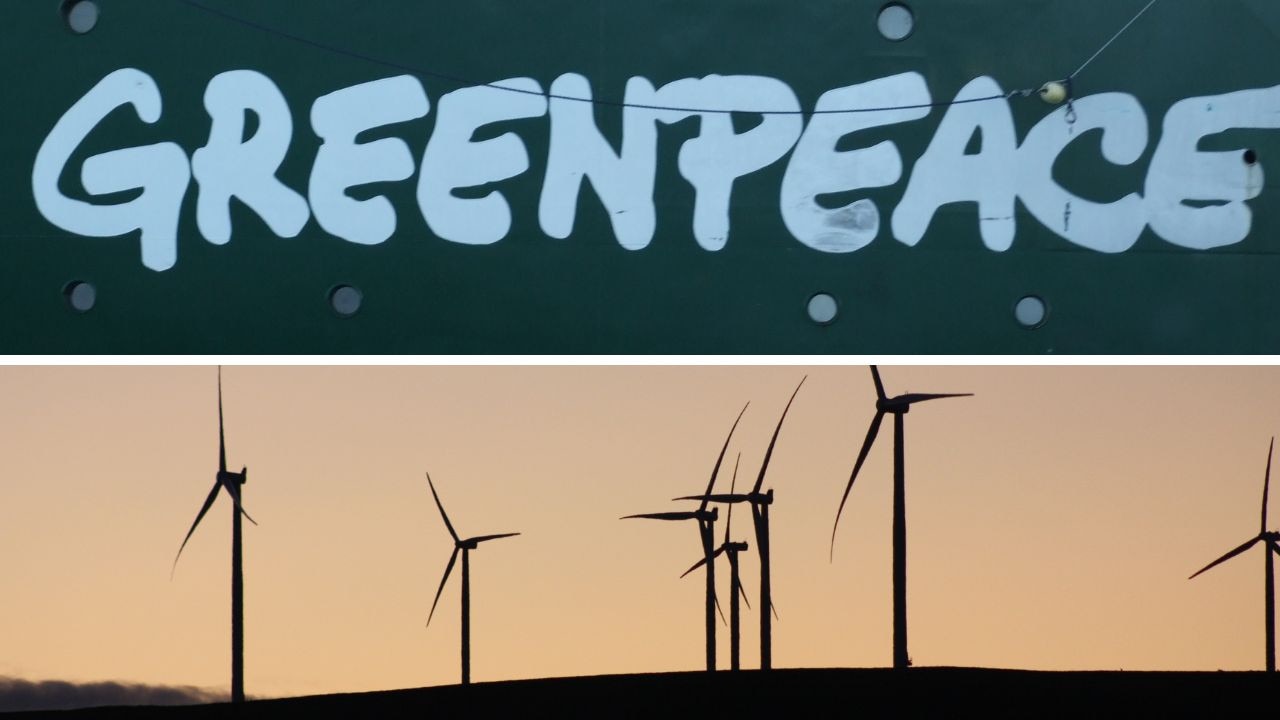

To join the conversation, please log in. Don't have an account? Register
Join the conversation, you are commenting as Logout